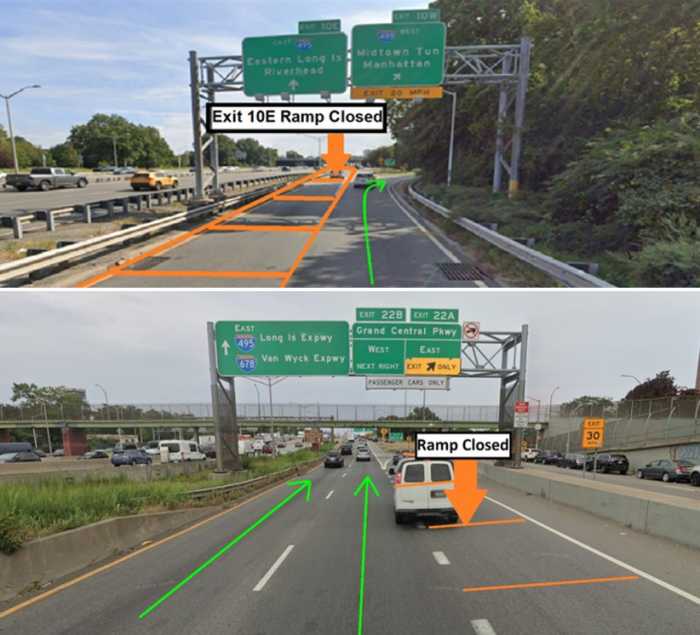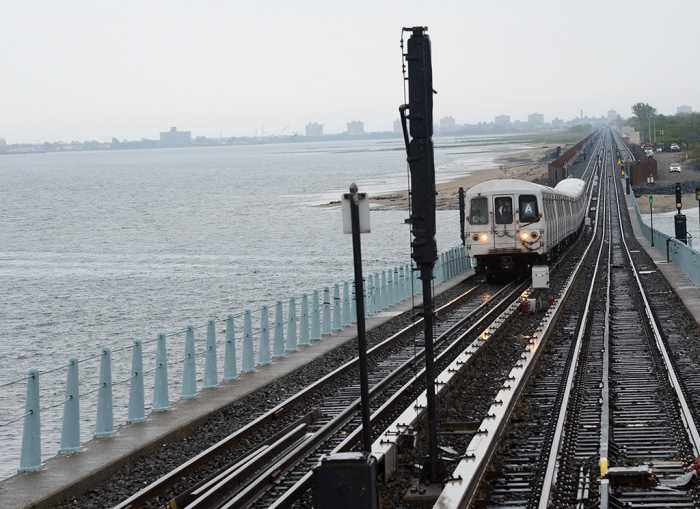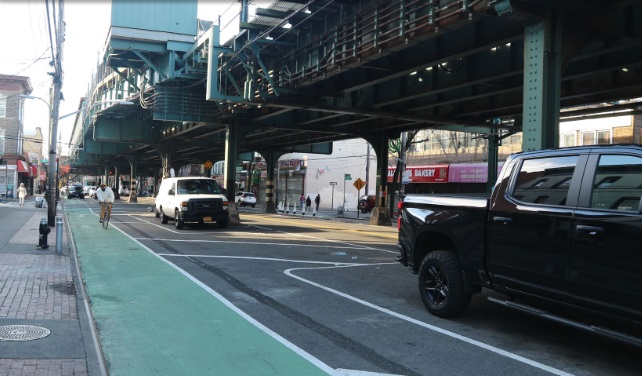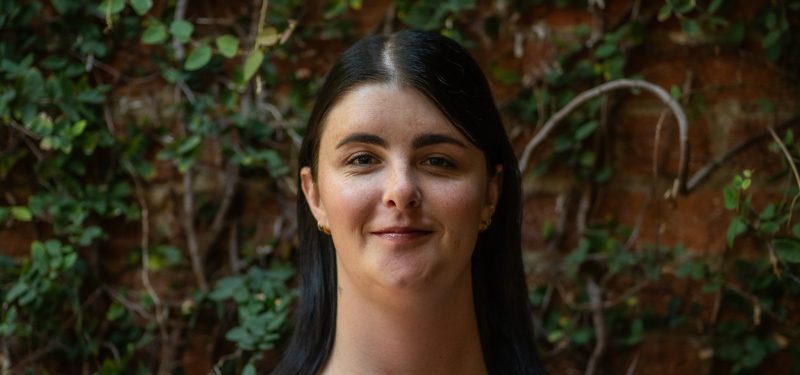By Bill Parry
A proposed streetcar system along the East River, connecting western Queens with Brooklyn, would be a tremendous asset to the growth of the tech and innovation sector in Long Island City, according to two key figures in the industry.
Jukay Hsu, founder of the non-profit Coalition for Queens, and Ben Guttman, the co-founder of Digital Natives, agree that the Brooklyn Queens Connector could be a real game changer.
“When the subways were built, it was all about bringing workers into Manhattan,” Hsu said. “But things have changed. The BQX would be transformative. It would increase the flow of ideas and spur the growth of tech in Long Island City, especially when Cornell Tech opens on Roosevelt Island.”
Coalition for Queens fosters the tech ecosystem to increase economic opportunity. Its free Access Code program trains people of low-income backgrounds how to code software. raising annual salaries from the neighborhood average of $26,000 to $73,000.
“We provide the training to many people from public housing and community colleges,” Hsu said. “The streetcars would help them get to where the start-up companies are along the waterfront of Queens and Brooklyn.”
Digital Natives was one of those startups when it moved to Long Island City in 2012, taking a “funky space” in a Plaxall warehouse. Guttman says his digital marketing agency found LIC to be a great place to live and work. Other companies followed, taking re-purposed office space in old warehouses along the East River, helping to make tech the city’s No. 2 industry.
“There are pockets along the East River with innovative and interesting companies and I think having better connectivity will help tech grow,” Guttman said. “ The streetcars will provide better access to these population pockets for employees and potential employees.”
Hsu loved the streetcar idea so much he became a member of the non-profit Friends of the Brooklyn and Queens Connector, which commissioned the study for the $2.5 billion project backed by Mayor Bill de Blasio last week. During his State of the City Address Feb. 4 , de Blasio said the state-of-the-art BQX could “generate over $25 billion of economic impact for our city over 30 years” and it would be paid for with a revenue stream taken from the expected rise in property values along the corridor that is “seeing explosive growth on the waterfront.”
The BQX would come off the Pulaski Bridge and travel up 11th Street through Queensboro Plaza and shift to 21st Street before finishing at the Astoria Houses. City Councilman Jimmy Van Bramer (D-Sunnyside) called it a “forward thinking plan.”
Elizabeth Lusskin, president of the Long Island City Partnership, called it visionary. “There is no question that improved north-south transportation along the waterfront both within Queens and between Queens and Brooklyn is very much needed for the economic and cultural vitality of Long Island City, its residents and businesses,” she said.
Councilman Costa Constantinides (D-Astoria) called the proposal compelling. “A dedicated public transit line that connects communities faster and more directly than the current transit options could benefit our residents and small businesses,” he said.
State Assemblywoman Aravella Simotas (D-Astoria) took a more cautious approach to the BQX.
“This is a bold idea with a lot of promise, but we all know that the devil is always in the details,” Simotas said. “I look forward to learning more about the specifics and sharing that information with Astoria residents, including impacts on the community from the build-out, the costs of financing and exactly how this new streetcar system will be integrated into our commercial and residential neighborhoods.”
Reach reporter Bill Parry by e-mail at bparr



































